Scuba diving on the Great Barrier Reef is on most divers’ bucket lists for a reason. Hundreds of species of animals coexist with amazing, vibrant corals, which conspire to blow your mind. Subsequently, many people will want to capture their experience digitally so they can relive it on land. So here are few handy hints when it comes to underwater photography on the Great Barrier Reef.
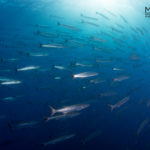
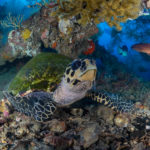
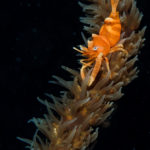
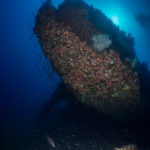
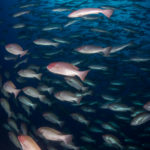
Practice first
Whether or not you take your camera underwater at home before traveling, practicing with it first is essential. The Great Barrier Reef is amazing from the moment you submerge and thus you definitely don’t want to be mucking around with camera settings and buttons underwater. Take photos before the trip — lots of photos. Unlike some diving locations, it’s best to visit the GBR on a liveaboard. This means there is no nearby beach or resort pool to give the camera a spin first. It’s all action. So learn how to properly use your camera before you arrive.
Look around you
Make sure you look up every now and again when diving on the reef as you never know what will be swimming past up above. A school of barracuda or a minke whale might be right near the surface. Indeed, you may take some of your best photos may be taken during a safety stop as a dozen batfish surround you. So keep that camera on while relaxing in 15 feet (5 m).
Don’t ignore the whip coral
All over the reef you will encounter dozens of amazing whip corals poking out from seemingly random places. These beautiful, long tendril-like corals are also home to some of the most striking macro animals you are likely to encounter. Look carefully and you may spot a whip-coral shrimp combing the surface like a farmer tending to a field. Photographers often take their wid-angle setups down in the hope of snapping a turtle or a shark, but don’t forget that there can be some equally amazing macro subjects to snap away at. Ask your dive guide before descending which lens you should take on each particular dive.
Shoot shipwrecks
Sunken sea vessels always make for exciting dives, especially when they’re part of the world’s biggest reef. Turtles and sea snakes occupy every nook and cranny while stingrays and sharks spend time cruising atop the wreckage before resting inside. Make sure you take a video light or strobe with you when diving a wreck on the reef, as the best subjects are likely to hide just outside the realm of natural light.
Enjoy it
Don’t forget to enjoy the diving while you shoot away with your camera. All too often, underwater photographers concentrate so much on getting ‘that’ photo that they miss out on everything else that makes the reef so amazing. If you can’t get your setup to work, figure it out when you’re back on the boat as a good memory of the Great Barrier Reef is better than some bad photos of it.
The post Underwater Photography Guide to the Great Barrier Reef appeared first on Scuba Diver Life.
from Scuba Diver Life https://ift.tt/2HaYOYT
No comments:
Post a Comment